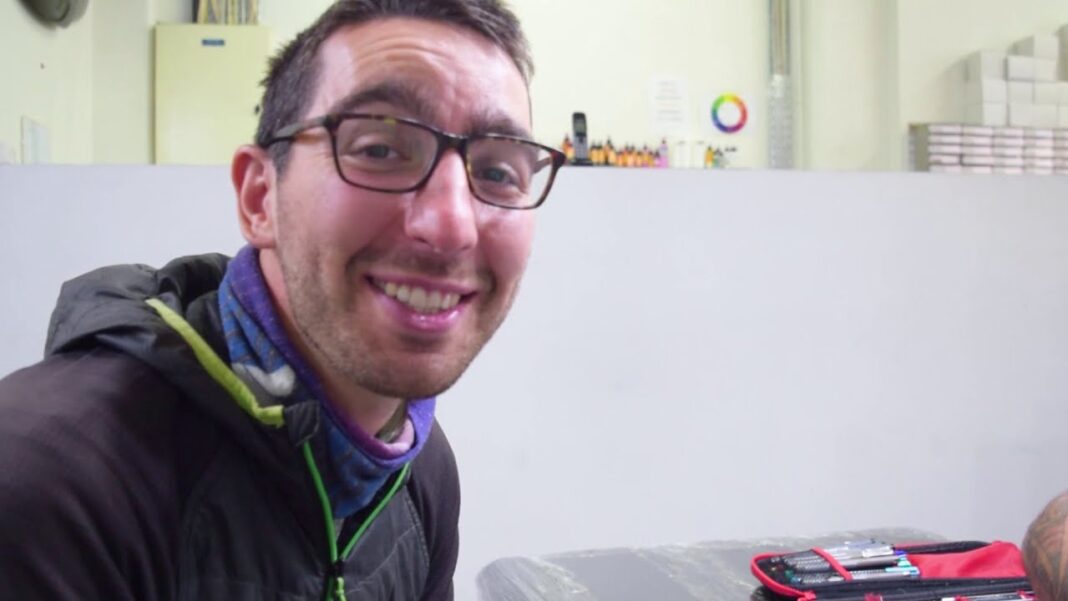Tattoos have been an important part of many cultures for thousands of years. They serve as a form of self-expression, cultural identity, and storytelling. One such culture with a deep connection to tattoos is the Maori people of New Zealand. The traditional tattoo art of the Maori, known as “moko,” is not just a form of body decoration, but rather a sacred and deeply meaningful practice that holds great significance in their culture.
In this article, we will delve into the symbolism of Maori tattoos, exploring their rich history, traditional designs, cultural significance, and modern interpretations and adaptations.
History of Maori Tattoos
The origins of Maori tattoos can be traced back to the Polynesian settlers who arrived in New Zealand around 800 AD. These early settlers brought with them the tradition of tattooing, which was then adapted and developed by the Maori people to create their unique style of tattoo art. The word “moko” comes from the Maori word for “to strike” or “to tap,” referring to the traditional technique of using a chisel and mallet to carve the skin and deposit ink.
Initially, moko was used as a form of identification, with different designs representing different tribes and social status. It was also used to tell the story of a person’s ancestry, achievements, and even their place in society. Moko was considered a rite of passage, with young men undergoing the painful process of receiving their first tattoo to mark their transition into adulthood.
Traditional Maori Tattoo Designs

Maori tattoos are characterized by their intricate and highly detailed designs, often covering large parts of the body. Each design has its own meaning and symbolism, with every line, curve, and shape holding significance. Some of the most common traditional Maori tattoo designs include:
Spirals and Curves
The spiral is a prominent design element in Maori tattoos, representing new beginnings, the cycle of life, and the journey of the soul. It is also associated with the Maori god of creation, Tane, and is often used to symbolize spiritual growth and personal transformation.
Koru
The koru is a spiral-shaped design that resembles an unfurling fern frond. It represents new life, growth, and strength, and is often used to symbolize a new chapter in one’s life or the beginning of a new journey.
Manaia
The manaia is a mythical creature often depicted as having the head of a bird, the body of a man, and the tail of a fish. It is said to be a guardian spirit, protecting its wearer from harm and bringing balance and harmony to their life.
Hei Tiki
The hei tiki is a traditional Maori pendant that is often incorporated into tattoo designs. It is believed to represent fertility and is worn by both men and women as a protective amulet.
Cultural Significance of Maori Tattoos

In Maori culture, tattoos are not just decorative body art, but rather a way of connecting to one’s ancestry, identity, and spirituality. Each tattoo tells a story, and the act of receiving a moko is seen as a sacred and spiritual experience. The process of getting a tattoo was highly ritualistic, involving prayers, chants, and other traditional practices to connect the person to their ancestors and ensure their protection.
Moko also played a crucial role in the social structure of Maori society. It was a sign of rank and status, with the most intricate and elaborate tattoos reserved for high-ranking chiefs and leaders. It was also used to signify achievements and accomplishments, such as winning a battle or completing a journey.
For women, moko was primarily located on the chin and lips, and it was seen as a mark of beauty and femininity. It was also believed to enhance fertility and increase the chances of bearing children.
Modern Interpretations and Adaptations
While traditional Maori tattoos are still prevalent in New Zealand, they have also gained popularity around the world, with people from different cultures embracing this art form. However, with the rise of modern tattoo techniques and technology, there has been a shift towards more contemporary interpretations and adaptations of Maori tattoos.
Many people now opt for machine-made tattoos rather than the traditional hand-tapping technique, which is seen as less painful and time-consuming. There has also been a blending of traditional Maori designs with other styles, such as tribal or realistic, creating a fusion of ancient and modern art.
Another trend is the use of Maori symbols and elements in non-traditional placements, such as on the shoulder or forearm, making them more visible and easily incorporated into existing tattoos.
Conclusion
Maori tattoos hold a significant place in the history and culture of New Zealand. They are more than just beautiful designs on the skin; they are a way of connecting to one’s roots, honoring one’s ancestors, and finding meaning and purpose in life. Whether traditional or modern, Maori tattoos continue to serve as a powerful form of self-expression, cultural identity, and storytelling for the Maori people and those who choose to embrace this art form.

